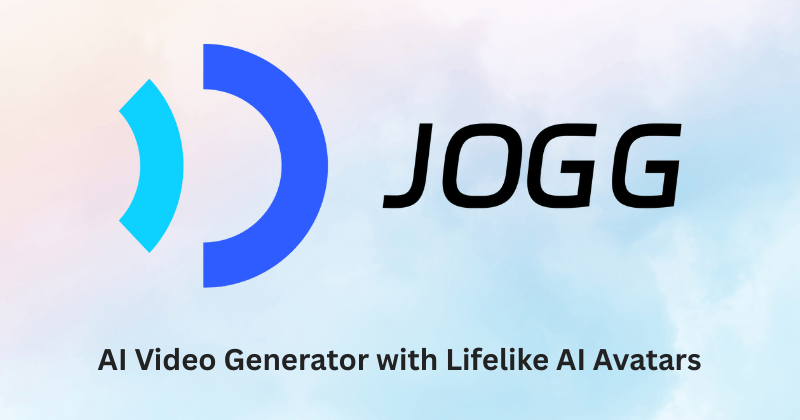
In today’s world, a staggering number of people are caught in the crossfire of the Great AI Divide. It’s a messy reality. While 52% of adults globally feel nervous about AI, a slightly smug 54% are excited. What’s that? A mixed bag of feelings? Sure, but it screams a need for clarity. The truth is, many don’t understand how AI works, and it’s marginalized communities that bear the brunt of this ignorance. The digital divide isn’t just a buzzword; it’s a gaping chasm that leaves the vulnerable even more vulnerable.
Let’s talk about trust. Or the lack thereof. Over 60% of workers fear AI will snatch their jobs, while less than one-third of executives seem to care. Talk about a disconnect! It’s like the office is divided between the “worried” and the “who-me?” This mistrust stifles collaboration and hampers effective AI adoption. It’s a recipe for disaster, and the clock is ticking. Significant differences in understanding the implications of AI adoption further exacerbate this divide. AI governance should promote dialogue across sectors to build trust and mitigate concerns.
The divide between worried workers and indifferent executives threatens AI adoption and collaboration—time is running out.
Globally, the stakes are even higher. Wealthier countries are racing ahead, reaping AI’s benefits, while low- and middle-income nations are left in the dust. The irony? Those countries that could use AI the most are the ones lagging behind, widening the gap in income and quality of life. Without international support, the promise of AI could be nothing more than a cruel joke for the disadvantaged.
Then there’s public trust. With only 48% of Americans trusting AI-generated info, it’s clear that misinformation is the villain in this story. If people can’t tell what’s real and what’s AI-generated, how can they embrace the technology? It’s not just about building AI; it’s about building faith in it.
Equitable access to AI technologies is another hurdle. Communities lacking solid infrastructure are fundamentally locked out of the AI party.








